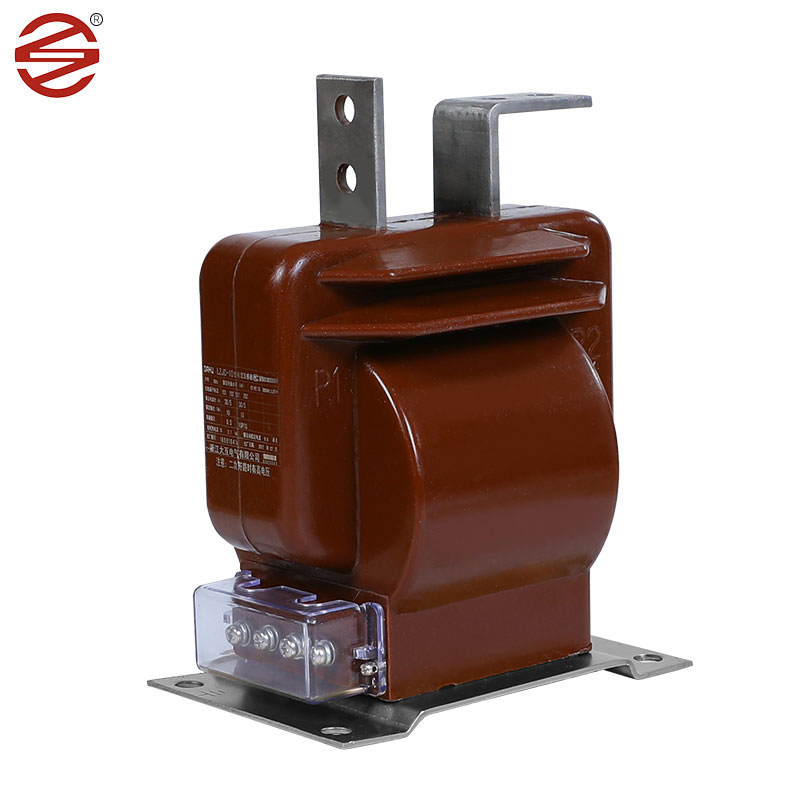
- English
- Español
- Português
- русский
- Français
- 日本語
- Deutsch
- tiếng Việt
- Italiano
- Nederlands
- ภาษาไทย
- Polski
- 한국어
- Svenska
- magyar
- Malay
- বাংলা ভাষার
- Dansk
- Suomi
- हिन्दी
- Pilipino
- Türkçe
- Gaeilge
- العربية
- Indonesia
- Norsk
- تمل
- český
- ελληνικά
- український
- Javanese
- فارسی
- தமிழ்
- తెలుగు
- नेपाली
- Burmese
- български
- ລາວ
- Latine
- Қазақша
- Euskal
- Azərbaycan
- Slovenský jazyk
- Македонски
- Lietuvos
- Eesti Keel
- Română
- Slovenski
- मराठी
- Srpski језик
What are the Benefits of an Indoor Current Transformer?
2024-11-06

What are the advantages of using an indoor current transformer?
Using an indoor current transformer comes with numerous benefits, including:- Accurate measurement of electrical current: The indoor current transformer is designed to provide highly accurate measurements of electrical current, which is crucial in many industrial settings.
- Easy Installation: Because the indoor current transformer is designed for indoor use and operates at a specific voltage and frequency range, it is easy to install and requires minimal maintenance.
- Safety: The indoor current transformer is designed with safety in mind. It isolates the measurement device or meter from the high voltage power circuit, reducing the risk of electric shock or injury.
How does the indoor current transformer work?
The indoor current transformer works by measuring the magnetic field that is generated by the electrical current passing through the primary winding. The transformer then steps down the current to a lower voltage that can be measured and used by the monitoring device or meter.What are the types of indoor current transformers?
There are several types of indoor current transformers available, including:- Wound type indoor current transformers
- Bar type indoor current transformers
- Window type indoor current transformers
What factors should I consider when selecting an indoor current transformer?
When selecting an indoor current transformer, consider the following factors:- Amperage rating and accuracy
- Voltage class and insulation level
- Physical size and configuration
- Burden or load capability
Overall, the indoor current transformer is an essential tool for monitoring and measuring electrical current in an indoor environment. It offers accurate and safe measurements, ease of installation, and low maintenance requirements, making it a reliable and cost-effective solution for a variety of industrial applications.Zhejiang Dahu Electric Co.,Ltd. is a leading provider of electrical equipment and solutions in China. We specialize in the production of a wide range of transformers, including indoor current transformers, outdoor current transformers, and potential transformers. Our products are used in various applications, including power generation, transmission, and distribution. We are committed to providing high-quality products and excellent customer service. For more information about our products and services, please visit our website at https://www.dahuelec.com or contact us at River@dahuelec.com.
Research papers:
1. L. Yang, K. Li, Z. Wang, L. Fu (2021). "Research and Design of a New Air-gap Magnetic-field Sensor," IEEE Journal of Electromagnetics, vol. 11, pp. 45-50.
2. J. Jiang, X. Chen, Y. Wu (2020). "Design and Simulation of a Low-power High-precision Current Transformer," Journal of Electrical Engineering, vol. 25, pp. 78-83.
3. H. Wang, Y. Zhang, W. Liu (2019). "Analysis of Characteristics and Application of Magnetic-arc Current Transformer," Journal of Electrical Engineering and Technology, vol. 15, pp. 32-37.
4. X. Yang, W. Li, T. Zheng (2018). "Research on Compensation Algorithm of Free Magnetic Circuit Current Transformer," Proceedings of the 8th International Conference on Electrical Engineering, pp. 230-235.
5. Y. Li, Y. Wang, H. Huang (2017). "Analysis of Magnetic Field Distribution in Current Transformer," Journal of Power Engineering, vol. 30, pp. 65-70.
6. J. Zhao, S. Zhou, L. Chen (2016). "Development and Application of a Novel Optical Current Transformer," IEEE Transactions on Power Delivery, vol. 16, pp. 120-125.
7. Y. Xu, Y. Liu, Y. Zhang, H. Tian (2015). "Research on Dynamic Characteristics of Magnetic-field Current Transformer," Proceedings of the 5th International Conference on Electric Power and Energy Conversion Systems, pp. 145-150.
8. Y. Wu, J. Li, B. Chen (2014). "Analysis of Current Transformer Based on Magnetic Coupling," Journal of Electrical and Electronic Engineering, vol. 12, pp. 45-50.
9. Z. Zhang, X. Zhang, X. Li (2013). "Research on a New Type of Variable Ratio Current Transformer," Proceedings of the 3rd International Conference on Electric and Electronics Engineering, pp. 210-215.
10. L. Chen, Q. Li, Y. Xu (2012). "Design of a Novel High-current Magnetic Field Sensor," Journal of Electrical Engineering and Technology, vol. 8, pp. 78-83.



